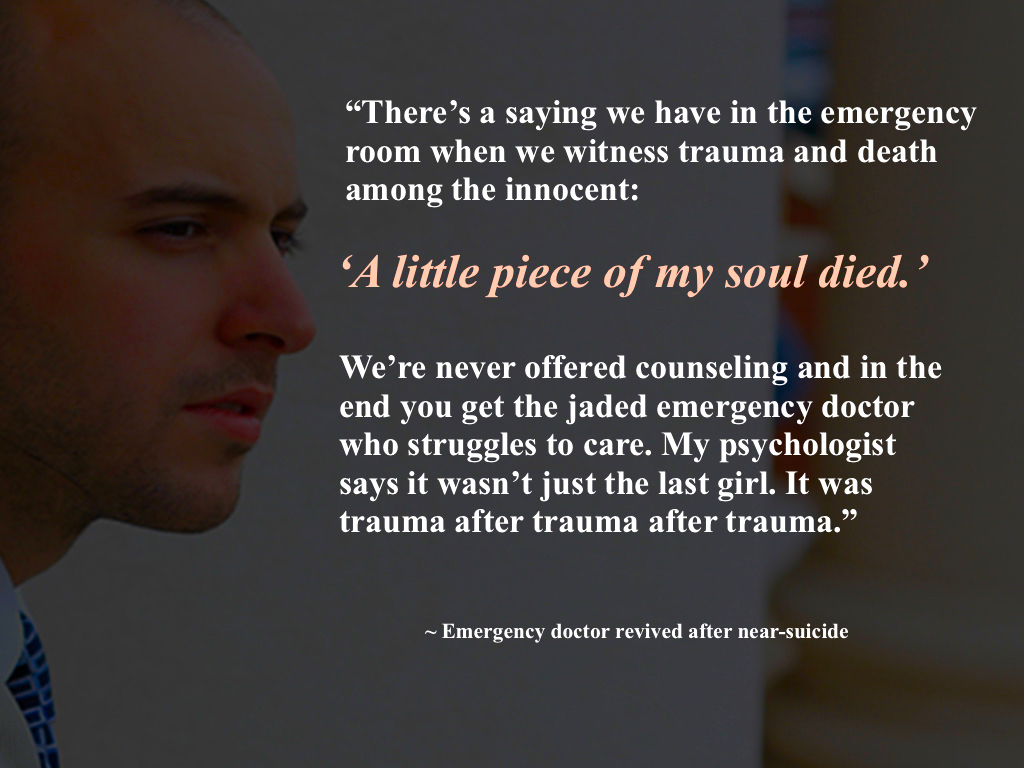“Fata homo et machina” - the fate of man and machine. Elon Musk is so concerned about this combined fate he has created an enterprise to merge humans and technology - in hopes of modulating any dominance artificial intelligence could develop over our organic form.
This has become a dominant worry for many people. Who are they ?
Health care algorithms are becoming prevalent and are already in daily use by payers, CMS, health policy pundits, and analysts.
The evolution of the process for health care is similar to most other industries.
Rather than considering it the 'evil twin brother' of health information technology, consider it's positive attributes:
- Creation of machines allowing us to be more effective or efficient at a task
- Reliance on a limited number of experts to operate these machines so we may benefit, and eventually...
- Democratization of competence so individuals may operate these machines themselves.
Other examples besides transportation include things such as cooking, reading and writing as well as making music and art. In the future this will extend to countless other things such as much of the delivery of diagnostic and therapeutic healthcare by individuals themselves, and their manufacture of increasingly complex objects. What is dramatically different for our species in the present moment; however, is this fourth step:
- Machines become competent to complete tasks more effectively and efficiently themselves, without the need for human involvement, or skill.
As long as we all become more effective and efficient at completing tasks, shouldn’t we welcome this fourth step? There is no simple yes or no answer. While the task itself is more effectively and efficiently completed by the machine, our individual contribution and competence become irrelevant. The car drives itself.
I first began to ponder this topic while teaching medical students. When I was one of them myself, I had to commit large amounts of information to memory in order to be able to answer my professor’s bedside questions. When in turn I became the professor, I witnessed the increasingly common use of the hand held computer’s memory by students, rather than their own, to answer my questions. I rationalized this on the basis of two considerations - one, the continually expanding codex of medical knowledge renders it absolutely impossible to commit all to memory, and two, it didn’t seem as if we would run out of electricity any time soon. Now, of course, we contemplate technologies that will replace the need for any human medical decision-makingwhatsoever, perhaps making my rationalization as dated as the actual memorization of facts in medical education.
One oft-stated argument in support of machine competence is not democratization, but rather liberation. Wouldn't it be wonderful to no longer be a slave to "doing things"? Wouldn't we have more time to be creative, and connect with one another in deeper, richer ways? Couldn't this actually make us "more human"? Perhaps... but perhaps not. While allowing technology to relieve us of the imperative to interact with our somewhat random environment, and accept human successes as well as mistakes in the process - we may deprive ourselves of critical human needs. We know dopamine release is modulated by both reward (up) and error (down) in the brain, and we likely need both to be motivated to explore, and to learn. In addition, throughout history we have repeatedly seen excessive centralization of authority and subsequent emasculation of individuals leads to what the philosopher Bertrand Russell characterized as human “listlessness”. Historically, this has often then led to defeat or collapse of civilizations. Consider how authority is increasingly being centralized in technologies - and ponder the fate of Rome.
If we are increasingly insulated from the contingencies of the world by our technology, we could become a listless and perhaps even irrelevant species - providing little value to each other, or to our machines. If this is indeed "fata homo et machina", I support the desire of Elon Musk and others to eventually merge our minds with artificial intelligence. Doing so might keep us in the real world, rather than allowing our machines to be in the world exclusive of us. It could also allow us to continue to perceive and interact with unpredictability and randomness. As a result we would still struggle with trial and error - which we may require to learn - rather than just having “experiences” facilitated by technology. Finally, we could continue to insert unpredictable human emotion and behavior - our own randomness - into the mix. This seems important, as a great deal of human inspiration defies logic or algorithm. After all, Neils Bohr’s concept of atomic structure, Mary Shelley’s Frankenstein and even Einstein’s relativity were all conceived in dreams.
The ultimate fate of man and machine is obviously yet to be determined. The essential ingredient will be an active interface with any system and the choice of accepting the computed recomendation, or denying it.
Elon Musk, and the Fate of Man and Machine | Roy Smythe, M.D. | Pulse | LinkedIn









